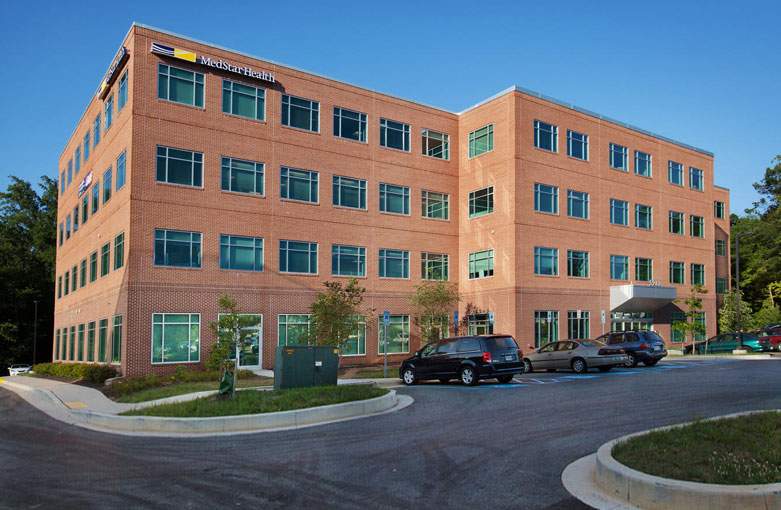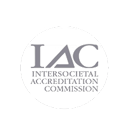Acute Aortic Dissection – Chest pain not to be ignored
Wednesday, March 10, 2021
The aorta is the largest blood vessel in the body. As it courses through the chest, it gives off branches to the brain and upper extremities before heading down into the abdomen and supplying the vital organs such as the intestines, liver, and kidneys, and eventually bifurcating to supply both legs. Acute aortic dissection is the most serious pathology to affect the aorta. If left untreated, the majority of patients with aortic dissection will die within 3 months. Aortic dissection is defined as a tear in the inner lining of the aorta that allows blood to seep in between the layers of the vessel. This creates a false channel in the aorta which can have devastating
complications both immediately and in the long-term.
The incidence of acute aortic dissection is 2.9 to 3.5 per 100,000 person years. The most common risk factors for developing acute aortic dissection include age, gender, hypertension, and structural abnormalities of the aortic wall. Men are four times as likely to be affected by this condition than women. Poorly controlled blood pressure is seen in 70% of patients with an aortic dissection. Other causes for aortic dissection include structural abnormalities such as bicuspid aortic valve and hereditary conditions such as Marfan Syndrome and Ehlers-Danlos Syndrome).
The most common presenting symptom of acute aortic dissection is pain. The pain is typically in
the back or chest but can also be located in the abdomen. The pain is usually very severe and
feels like a tearing/stabbing sensation. It is frequently described as the “worst pain ever” by
patients. Another frequent finding with aortic dissection is hypertension. The blood pressure
may be severely elevated and can be difficult to control with oral medication alone. Less frequently, patients may have an associated syncopal episode where they pass out briefly. This can be a very serious sign of poor blood flow to the brain or tamponade of the heart, where blood fills around the heart and restricts the ability to pump. Patients may also present with signs of poor circulation to the vital organs or to the extremities with pain, numbness and lack of pulses.
Definitive diagnosis is made with CT scan of the chest, abdomen and pelvis. This will help
guide the location of the dissection flap along the aorta and assist with surgical planning. The
addition of echocardiogram is also beneficial in evaluating the heart and making sure the valves
are functioning properly and there is no fluid around the heart.
Treatment of acute aortic dissection depends on the presenting symptoms. Foremost, patients who present with pain symptoms and hypertension need immediate control of their blood pressure. Patients frequently require admission to the ICU for very close monitoring and are placed on IV medication to lower their blood pressure. Once the blood pressure has been adequately controlled and their pain has resolved, patients can be transitioned to oral medications. Surgery can be required for a variety of reasons including failure of medical management and if they have signs of not getting enough blood flow to vital organs such as the brain, gut, liver, kidneys or extremities. Surgery can include placing large stent grafts inside the artery to seal the tear and to restore blood flow to the vital organs. Occasionally, open repair is necessary where parts of the aorta have to be replaced with a synthetic graft.
It is essential to maintain follow up with your doctor after discharge from the hospital. The most common long-term complication after an aortic dissection is enlargement of the aorta with potential for rupture. This may require surgery with stent graft placement or open replacement of the aorta. Patients will require lifelong management of their blood pressure and surveillance of the aorta with CT scan to monitor for potential complications.
Acute aortic dissection is a serious condition affecting the aorta which can be deadly if diagnosis
and treatment are not instituted urgently. Sudden onset, severe chest or back pain should never
be ignored and prompt medical evaluation should be sought so that this devastating condition is
not missed.








